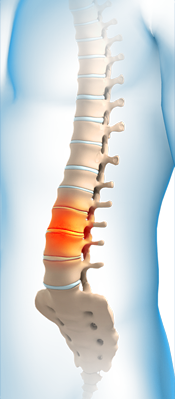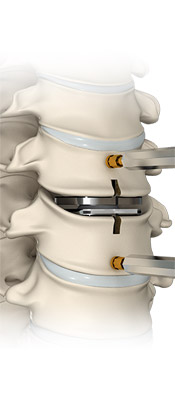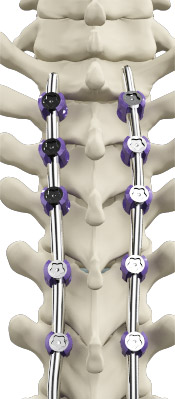Diehl NL, Enslen H, Fortner KA, Merritt C, Stetson N, Charland C, Flavell RA, Davis RJ, Rincon M. Activation of the p38 Mitogen-Activated Protein Kinase Pathway Arrests Cell Cycle Progression and Differentiation of Immature Thymocytes in Vivo.
Services
Dr. Stetson is a board-certified neurosurgeon specializing in the treatment of a wide range of injuries and conditions affecting the spine. He is committed to providing each of his patients with the most advanced and highly personalized care.
-
Neck and
Back PainPain in the neck or back is the common symptom of injury, damage, or deformity of the spine. Pain may range from a mild ache to a sharp shooting pain that can spread down your arms and legs. There are many conservative and surgical treatment options that can relieve pain by targeting the symptoms or the underlying problem.
-
Spine
Surgery -
minimally invasive
spine surgeryMinimally invasive spine surgery (MISS) is the latest technology available to perform spinal surgeries through small, less than one-inch-long incisions. It involves the use of special surgical instruments, devices, and advanced imaging techniques to visualize and perform the surgery through such small incisions.
“The practice of neurosurgery requires a deep commitment, thoughtfulness, attention to detail and a set of refined surgical skills, that when combined with compassionate care, results in improved quality of life for patients.”

Nathaniel Stetson, M.S., D.O.Board-Certified Neurosurgeon

Nate Stetson D.O., M.S. is a board-certified neurosurgeon in Oklahoma City. He completed his pre-medical studies at the University of Vermont. He went on to complete a master’s degree in health policy and clinical practice at Dartmouth College. He graduated from the University of New England College of Osteopathic Medicine in 2007 and went on to complete his residency in neurological surgery at Northwell Health Institute for Neurology and Neurosurgery.
-

Complete Spine Care
In most cases, back pain can be resolved without surgery. The conservative treatment involves the use of pain medications and other methods to reduce inflammation and restore normal function. Usually, some self-care methods and medications can help to overcome back pain, but if pain and inflammation persist over 72 hours, it is necessary to consult your physician.
-

Degenerative Disc Disease
Degenerative disc disease (DDD) refers to the gradual deterioration of the intervertebral discs between the vertebrae. DDD is a misnomer as it is not actually a disease but a condition that affects the strength, resilience and structural integrity of the intervertebral discs due to advancing age, trauma, injury, repetitive movement, improper posture or poor body mechanics.
-

Spinal nerve Decompression
Spinal decompression is a treatment to relieve pressure on one or many “pinched nerves” in the spinal column. It can be achieved either surgically or by non-surgical methods. Spinal decompression is used to treat conditions that cause chronic backaches such as herniated disc, disc bulge, sciatica, and spinal stenosis.
-

Cervical Artificial Disc Replacement
Cervical artificial disc replacement is a spine surgery to replace a degenerated (deteriorated) disc in the neck with an artificial disc. The artificial disc, like the natural healthy disc, is used to replace the degenerated disc.
-

Spinal Reconstruction/Stabilization
Complex spinal reconstruction involves spine decompression followed by stabilization of the spine using prosthetic implants such as rods, metal screws, and hooks. These are used to replace the diseased area of the spine and provide stability to your spine.
Patient Resources
Provides Information & Education Regarding Each Stage of Treatment
Recent Post & Publication

Practice Location
Practice Hours
08:00 am - 05:00 pm









